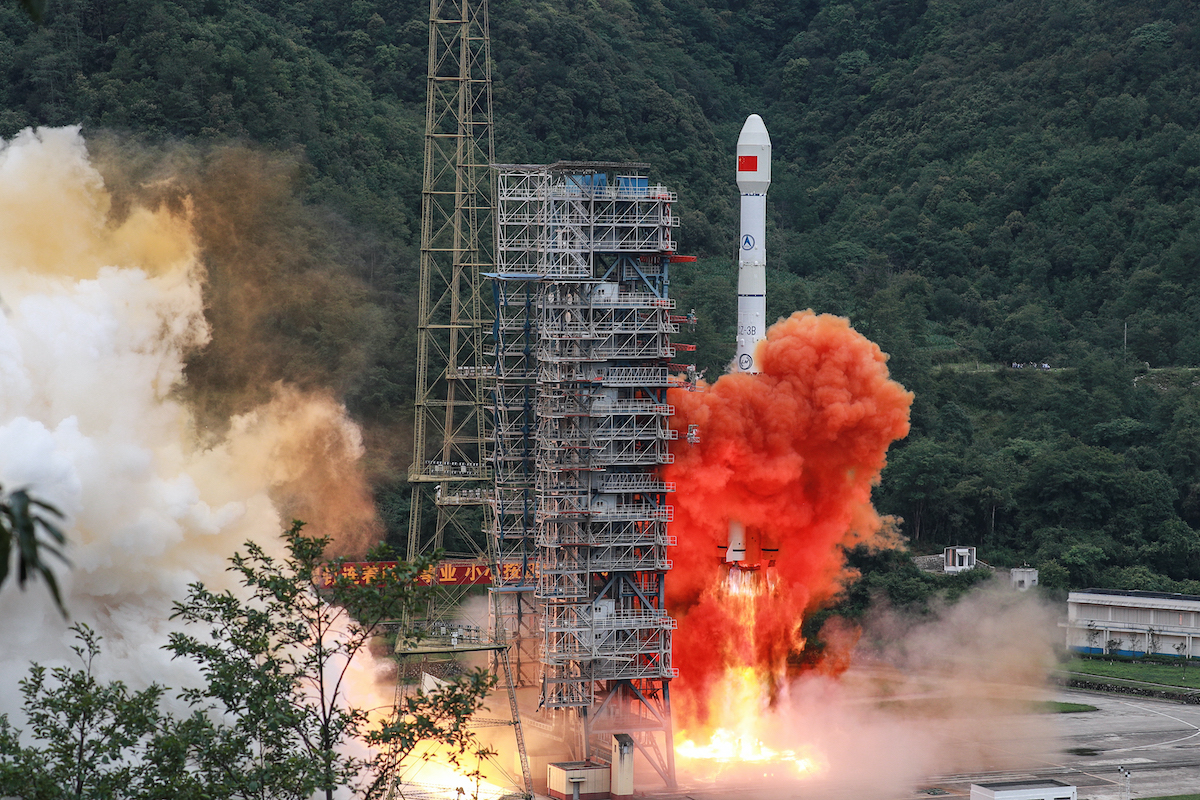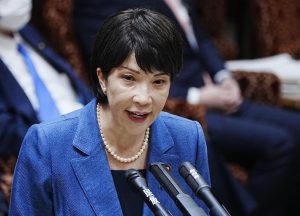(ATF) China launched on Friday “the world’s first” satellite that will test 6G – the sixth-generation mobile communication technology – in space.
The satellite, named after one of its developers – the University of Electronic Science and Technology of China – was launched from the Taiyuan Satellite Launch Center in northern Shanxi province. It will establish a transceiver link on the satellite platform and carry out the “world’s first experiment of terahertz communication technology in space”, according to the university’s announcement on its WeChat channel.
“This marks China’s breakthrough in exploring terahertz communication technology in the aerospace,” Professor Xu Yangsheng, academician of the Chinese Academy of Engineering and academic director of the university’s Satellite Technology Research Institute, said in a statement.
Read More: Cybersecurity, a core facet of change to a hybrid future of work
In addition to 6G experiments, the satellite will also be used for intelligent city applications, disaster prevention, land planning, environment protection, and the monitoring of major infrastructure construction, according to the statement.
Besides the university, Chengdu-based satellite internet technology company ADA Space is also a developer of the satellite.
Terahertz communication is envisioned as a promising wireless technology for 6G, the commercial deployment of which is not expected until in a decade. 6G requires above 100 gigabits per second data rates, 1-millisecond latency, among other performance metrics.
The very large bandwidth available at THz frequencies can alleviate the spectrum scarcity problem while enabling terabytes-per-second transmission speed – over 10 times faster than 5G mobile networks.
In addition to being faster, THz waves also have very high penetrability and do little harm to the human body, and can be used in food safety, drug monitoring, and the early diagnosis of cancer.
Path loss
However, due to the extremely high frequency and the strong directionality of THz waves, terahertz communication links suffer from serious path loss and poor coverage. Conducting the experiment in space can reduce communication interruption and verify better the capability of the technology, according to local media reports.
Over the past year, 5G has become a politicized topic between the US and China. Huawei, the world’s largest telecom equipment maker, has been in the crosshairs of the US. Washington has accused the Chinese firm of being a national security risk, claiming its gear could be used by the Chinese government to spy on Americans. Huawei has repeatedly denied these claims.
The US has also been trying to convince other countries to block Huawei out of their 5G networks.
Still, China is pushing on with 6G to raise Chinese companies’ influence in the global telecom domain. China announced last year that a team of 37 universities, research institutes and enterprises would carry out the research and development of 6G when the country just announced its commercial rollout of 5G.
Huawei, ZTE, and China Unicom are among the Chinese firms that are working on 5G.
Besides China, South Korea’s SK Telecom and Samsung, Finland’s University of Oulu, Japan’s Sony and NTT Docomo, the Netherlands’ Eindhoven University of Technology, and the US’s NYU WIRELESS are also pursuing 6G.
























